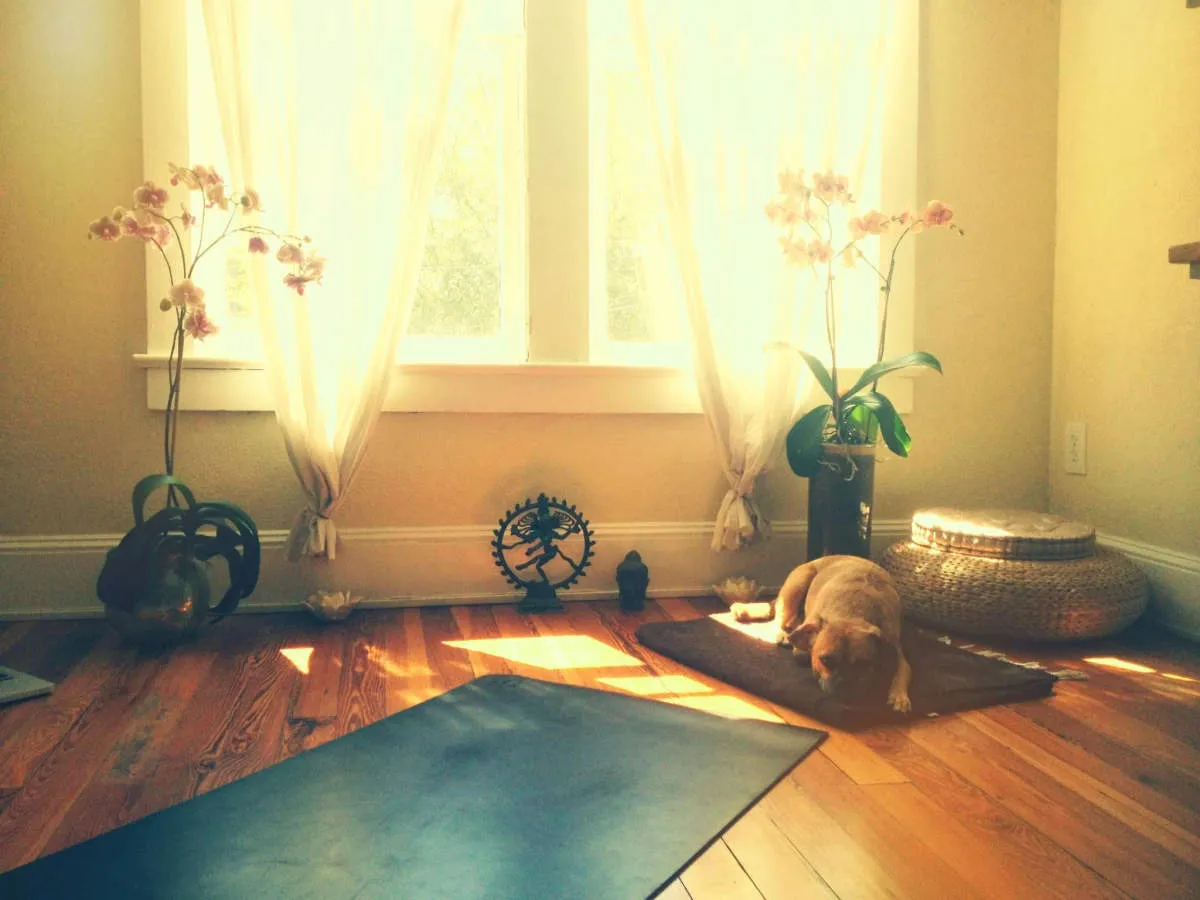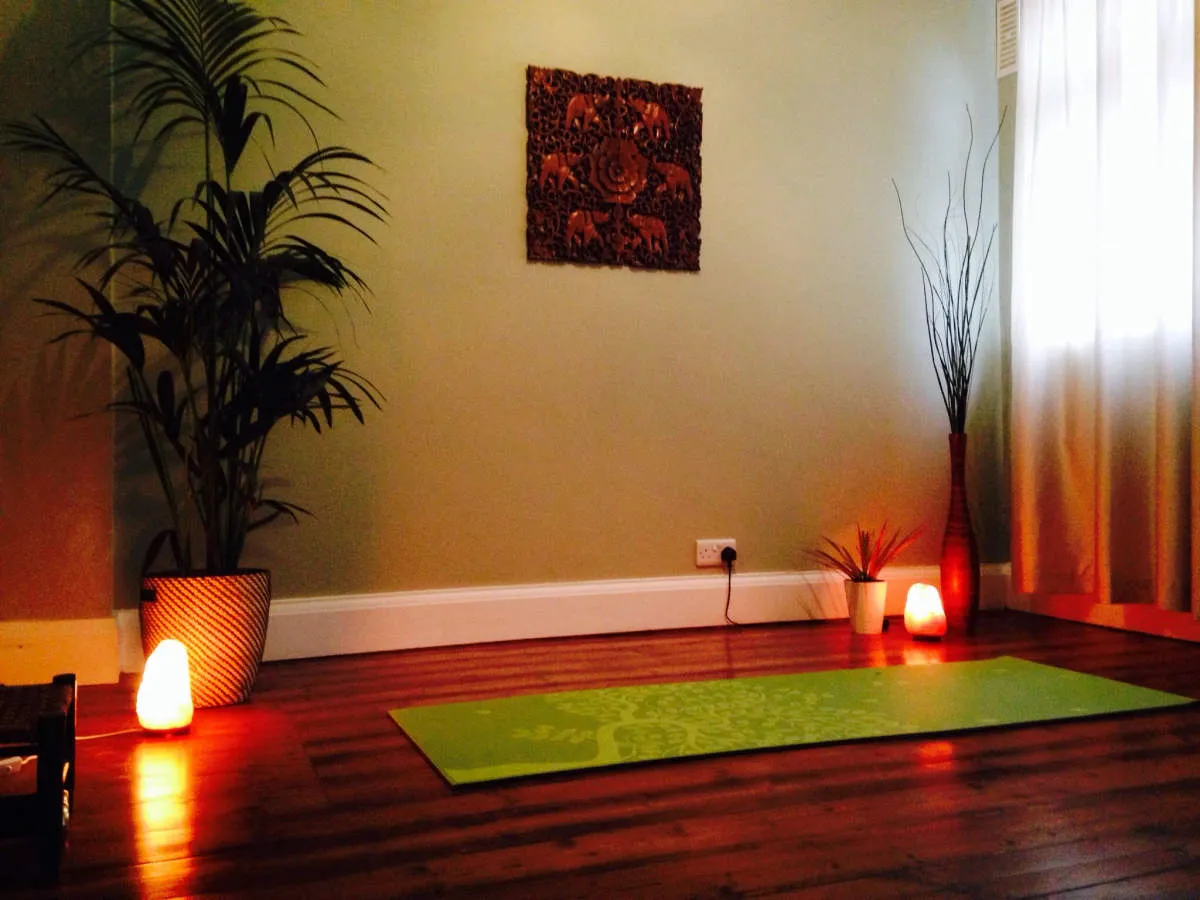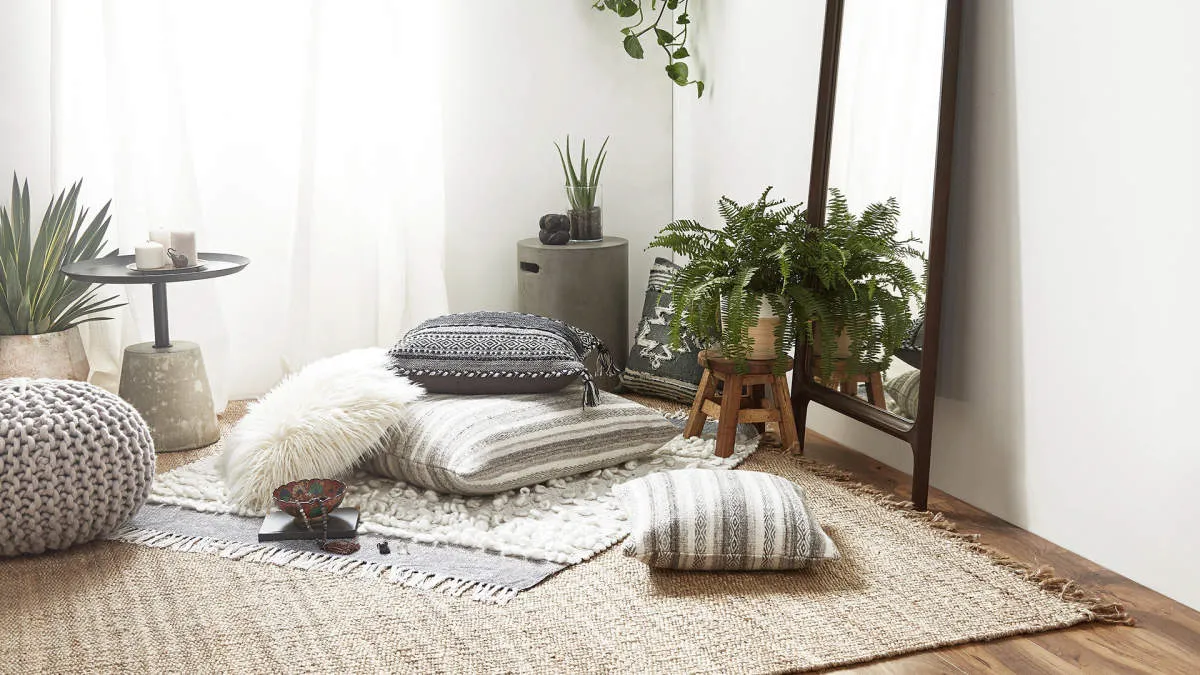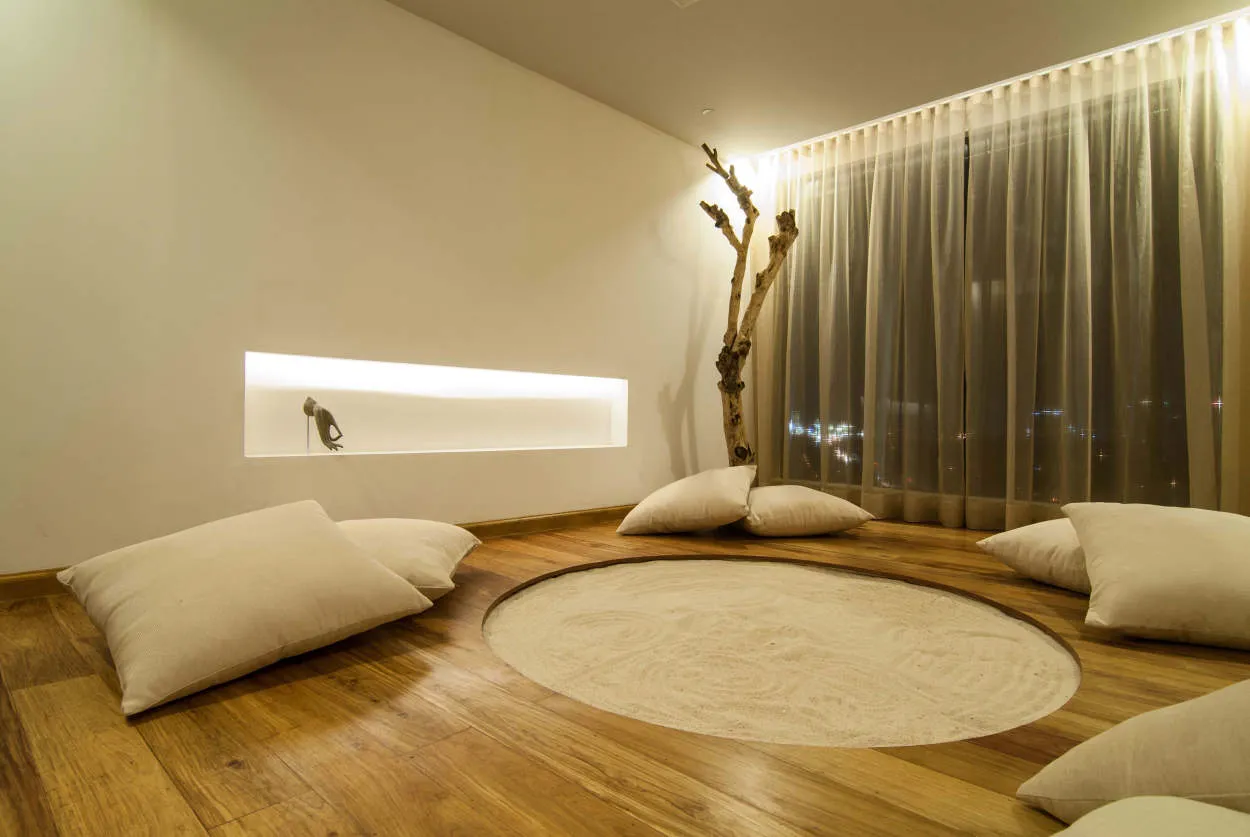Creating a peaceful and mindful space at home is essential for finding inner calm in our fast-paced lives. In this article, we will explore practical tips and ideas on how to bring the Zen philosophy to your living environment, allowing you to cultivate serenity, balance, and tranquility in your everyday life.
Embracing Minimalism in Interior Design
Minimalism is a design philosophy that focuses on simplifying and decluttering spaces to create a sense of calm and tranquility. In the context of interior design, embracing minimalism means adopting a less-is-more approach, where each element and object serves a purpose and nothing is excessive or unnecessary.
By incorporating minimalism into your home, you can create a peaceful and mindful space that promotes relaxation and reduces stress. Here are some key principles of minimalist interior design:
1. Declutter and Simplify
The first step to embracing minimalism is to declutter your space. Get rid of items that are no longer useful or bring you joy. Keep only the essentials and donate or sell the rest. Simplify your decor by choosing clean lines, neutral colors, and simple patterns.
2. Quality over Quantity
Instead of filling your space with numerous decorative pieces, focus on quality and choose a few special items. Invest in well-crafted furniture and select artwork or accessories that hold meaning to you.
3. Maximize Natural Light
Allowing natural light to flow into your home is essential in minimalist design. Use sheer curtains or blinds that can be easily opened to let sunlight in. This creates a bright and airy atmosphere.
4. Open and Functional Layout
Incorporate an open and functional layout in your space. Arrange furniture in a way that promotes movement and flow. Remove any unnecessary obstacles or barriers that may hinder the sense of openness.
5. Mindful Material Choices
Choose materials that are sustainable, durable, and have a timeless appeal. Opt for natural materials like wood, stone, and metal. Consider the environmental impact of each item you bring into your home.
By implementing these principles of minimalism in your interior design, you can create a zen-like atmosphere that fosters tranquility and mindfulness. Embracing minimalism goes beyond aesthetics; it is a lifestyle choice that can positively impact your well-being.
Implementing Mindfulness Practices into Daily Life
Mindfulness is a powerful practice that allows us to be fully present in the moment, cultivating a sense of peace and clarity. By incorporating mindfulness into our daily lives, we can create a space of tranquility and awareness. Here are some ways to implement mindfulness practices into your daily routine:
-
Morning Meditation:
Start your day with a few minutes of meditation. Find a quiet spot in your home, sit comfortably, and focus on your breath. Allow any thoughts or distractions to pass by and gently bring your attention back to your breath. This practice can set a calm and centered tone for the rest of your day.
-
Mindful Eating:
Take the time to savor each bite of your meals. Pay attention to the flavors, textures, and smells of the food. Chew slowly and mindfully, fully experiencing the nourishment it provides. This practice not only enhances your enjoyment of food but also cultivates gratitude for the sustenance it brings.
-
Creating a Peaceful Environment:
Designate a specific area in your home as a peaceful space for mindfulness practice. Choose calming colors, add soft lighting, and include items that bring you joy and relaxation, such as candles or plants. This environment will encourage a sense of serenity and make it easier to engage in mindfulness activities.
-
Walking Meditation:
Take a mindful walk in nature, whether in a nearby park or your own backyard. Focus on the sensation of each step, the sounds of nature, and the feeling of the breeze against your skin. Allow yourself to be fully present in the experience, letting go of any worries or distractions.
-
Mindful Technology Use:
Be intentional with your use of technology. Set aside specific times to check emails and social media, and limit mindless scrolling. When using your devices, practice mindful awareness by being fully present in each activity, whether it’s reading an article, watching a video, or having a conversation.
By incorporating these mindfulness practices into your daily life, you can create a peaceful and mindful space within your home. Cultivating presence and tranquility will not only benefit your mental and emotional well-being but also enhance your overall quality of life.
Zen at Home: Creating a Peaceful and Mindful Space (Design Photos)





Conclusion
Creating a peaceful and mindful space at home is essential for promoting relaxation and well-being. By incorporating elements of Zen design principles, such as simplicity, natural elements, and a clutter-free environment, you can create a sanctuary that nurtures your mind, body, and soul. Embracing this philosophy can bring greater balance and harmony to your daily life.




